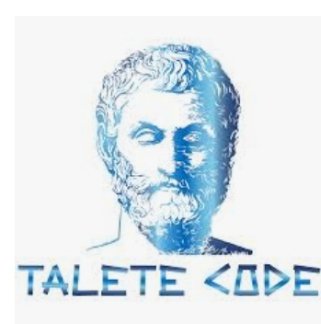AUTOMATIC PROTOCOL TRANSFORMER
INTRODUCTION
This is an experimental blog that shows how a test case can be automatically generated from a protocol description using a parser and a recursive descent parser generator. I used it for a project that was for a company that was going to build a network of sensors for the maritime industry. The project was interesting but when I looked at the protocol, I was not convinced that it was easy to test. The company then said that they would also build a protocol transformer that would automatically generate the tests.
This blog discusses how the automatic protocol transformer works.
Computer networks don't work in isolation, they work in a hierarchy of protocols. At the top of the network is a protocol called the Transmission Control Protocol (TCP). TCP works with a number of other protocols but it is fundamentally responsible for the error checking that is to be done at the network level.
The problem is that many protocols don't get used for a long time and the people who write them often don't think about the fact that internet standards will change over time.
The automatic protocol transformer is a small tool that can be used to make automatic conversion between http and https protocols. It is based on the fact that both protocols are based on the same principles, for example, a URL that contains a protocol identifier at the very beginning of the address (the server name or the domain name) is considered to be an https URL, while a URL that does not contain any protocol identifier is considered to be an http URL.
A protocol transformer is a device that translates the electrical or optical signal of one protocol to the signal of another protocol. Many protocol converters are used in networking and telecommunications applications. Protocol converters are used to connect networks with different protocols, especially when networks are to be merged or when it is necessary to interconnect equipment of different manufacturers.
CONCLUSION
Taletecode has introduced automatic protocol transformers, which are a way to automatically convert our existing protocol implementations between different versions. This can be useful when you're developing new features and want to test them out against older versions of the protocol.
There are many ways to implement protocol converters, and we have explored several of them. In this blog post, we detail the design of an automatic protocol transformer, which is a great solution for creating converters that fit your use case.
USEFUL LINK
Website: https://www.taletecode.com/
Twitter: https://twitter.com/TaleteCode
White paper: https://taletecode.gitbook.io/talete-code-the-best-apy-fixed/the-buy-and-sell-fees
Telegram: https://t.me/+f6huFGe8t1M4OTA8
Discord: https://discord.gg/DvCRKnDASS
Medium: https://medium.com/@taletecode
YouTube: https://www.youtube.com/channel/UCdvcbBq74j1pIC4JvuleLhA/videos
Reddit: https://www.reddit.com/user/leomatey/
Author's Details
Bitcointalk username: Lichy
Bitcointalk profile link: https://bitcointalk.org/index.php?action=profile;u=2934670
Telegram username: @lilianmbielu
Telegram profile link: https://t.me/lilianmbielu
Proof of Authentication: https://bitcointalk.org/index.php?topic=5391861.msg60198919#msg60198919
BEP 20 wallet Address: 0x835927F82edCFF4013F23f92E96D584Eee553883


